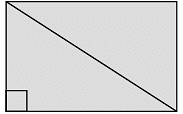Test: Quadrilaterals- Case Based Type Questions- 1 - Class 9 MCQ
10 Questions MCQ Test Class 9: Additional Practice - Test: Quadrilaterals- Case Based Type Questions- 1
Harish makes a poster in the shape of a parallelogram on the topic SAVE ELECTRICITY for an inter school competition as shown in the follow figure.
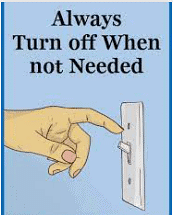
Q. If AB = (2y – 3) and CD = 5 cm then what is the value of y?

Harish makes a poster in the shape of a parallelogram on the topic SAVE ELECTRICITY for an inter school competition as shown in the follow figure.
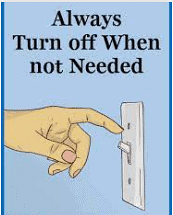
Q. If ∠B = (2y)° and ∠D = (3y – 6)°, then find the value of y.

| 1 Crore+ students have signed up on EduRev. Have you? Download the App |
Harish makes a poster in the shape of a parallelogram on the topic SAVE ELECTRICITY for an inter school competition as shown in the follow figure.
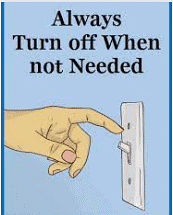
Q. If ∠ A = (4x + 3)° and ∠D = (5x – 3)°, then find the measure of ∠B

Harish makes a poster in the shape of a parallelogram on the topic SAVE ELECTRICITY for an inter school competition as shown in the follow figure.
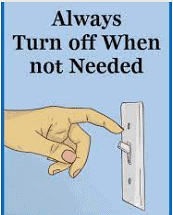
Q. If ∠A = (2x – 3)° and ∠C = (4y + 2)°, then find how x and y relate.
Harish makes a poster in the shape of a parallelogram on the topic SAVE ELECTRICITY for an inter school competition as shown in the follow figure.
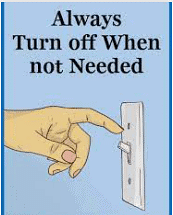
Q. Which mathematical concept is used here?
During maths lab activity, teacher gives four sticks of lengths 6 cm, 6 cm, 4 cm and 4 cm to each student to make different types of quadrilateral.
She asks following questions from the students:
Q. A student formed a rectangle with these sticks. What is the length of the diagonal of the rectangle formed by the student?
During maths lab activity, teacher gives four sticks of lengths 6 cm, 6 cm, 4 cm and 4 cm to each student to make different types of quadrilateral.
She asks following questions from the students:
Q. Write the name of quadrilateral that can be formed with these sticks.
During maths lab activity, teacher gives four sticks of lengths 6 cm, 6 cm, 4 cm and 4 cm to each student to make different types of quadrilateral.
She asks following questions from the students:
Q. How many types of quadrilaterals can be possible?
During maths lab activity, teacher gives four sticks of lengths 6 cm, 6 cm, 4 cm and 4 cm to each student to make different types of quadrilateral.
She asks following questions from the students:
Q. Which statement is incorrect ?
During maths lab activity, teacher gives four sticks of lengths 6 cm, 6 cm, 4 cm and 4 cm to each student to make different types of quadrilateral.
She asks following questions from the students:
Q. A diagonal of a parallelogram divides it into two _______ triangles.
|
4 docs|108 tests
|


